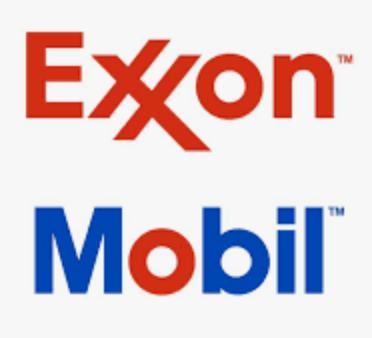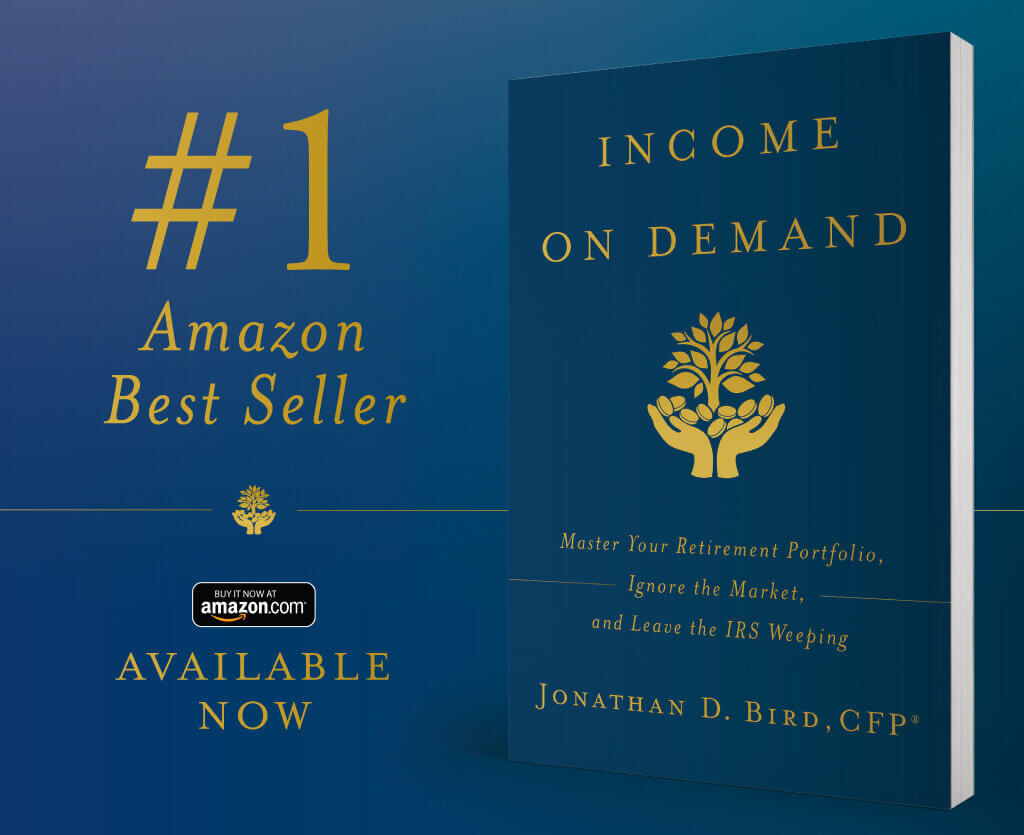One day I got on the phone for an introductory meeting with a new client named Charlotte. Twenty percent of Charlotte’s portfolio was in ExxonMobil stock, and she made one thing clear: she did not want to touch it.
“Why?” I asked.
“Because it pays such a great dividend,” she said.
Charlotte was right. Her stock did pay a good dividend. At the time, ExxonMobil was trading at about $80 a share. It paid $3.48 per share in dividends every year. That worked out to a yield of 4.35 percent. The market as a whole was paying a dividend of 2 percent.
Owning ExxonMobil seemed like a great deal—and once every quarter, Charlotte got a check that reinforced her belief. It felt like free money. Even though she wasn’t spending it, she grew accustomed to it, and who wouldn’t?
But there was more to the story than that—a bigger picture that I call “the dividend income myth.” Dividends are not free money. Understanding why begins with this reality: every time a company pays a quarterly dividend, the value of its stock drops by the same amount. It’s an inescapable dynamic.
The reason comes down to what a stock price actually represents. In simplified terms, it can be thought to represent the sum of two figures. First, what the company has the ability to pay in dividends right now from its available cash. Second, what the market believes the company will have the ability to pay in dividends in the future. Not what it will actually pay in dividends, but what it will have the ability to pay.
That means the relationship between dividends and stock price distills to this: paying a dividend reduces a stock’s price because it reduces what the company has the ability to pay in dividends.
Berkshire Hathaway offers a perfect example. It doesn’t pay dividends, but the price of its stock is incredibly high: $300,000 for an A share. Why? Because Berkshire Hathaway has the ability to pay extraordinary dividends. As of year-end 2019 it could easily pay out a one-time dividend of $60,000 per A share. It also has the ability to pay out $10,000 per A share in annual dividends. But it doesn’t. Therefore, all of that dividend potential just keeps accumulating in the stock price.
Want to learn how to capture the benefits of a total-return income strategy?
These benefits include potentially: gaining control of when you get income, increasing your returns, and lowering your tax bill.
Check out my book Income on Demand on Amazon to build your financial castle.
Contact Us to learn more about how Farnam Financial can help you achieve your goals.
Jonathan Bird, CFP®
Farnam Financial LLC (“Farnam”) is a registered investment advisor offering advisory services in the State of Arizona and in other jurisdictions where exempted. Registration does not imply a certain level of skill or training. The presence of this website on the Internet shall not be directly or indirectly interpreted as a solicitation of investment advisory services to persons of another jurisdiction unless otherwise permitted by statute. Follow-up or individualized responses to consumers in a particular state by Farnam in the rendering of personalized investment advice for compensation shall not be made without our first complying with jurisdiction requirements or pursuant an applicable state exemption.
All written content on this site is for information purposes only. Opinions expressed herein are solely those of Farnam, unless otherwise specifically cited. Material presented is believed to be from reliable sources and no representations are made by our firm as to other parties’ informational accuracy or completeness. All information or ideas provided should be discussed in detail with an advisor, accountant or legal counsel prior to implementation.





